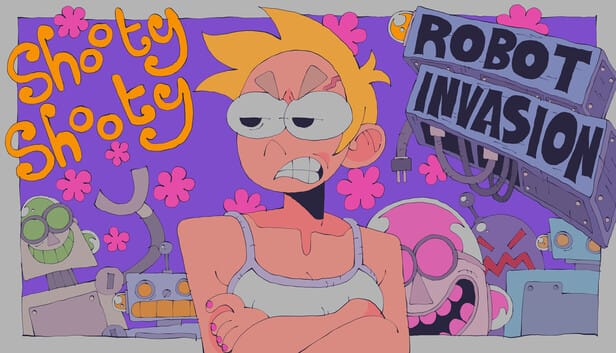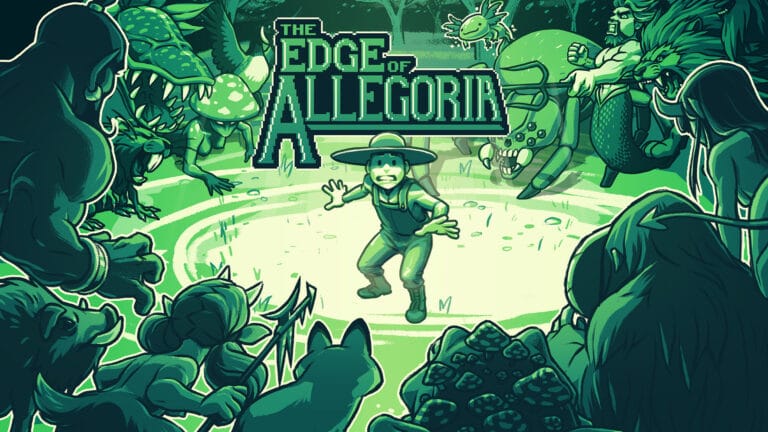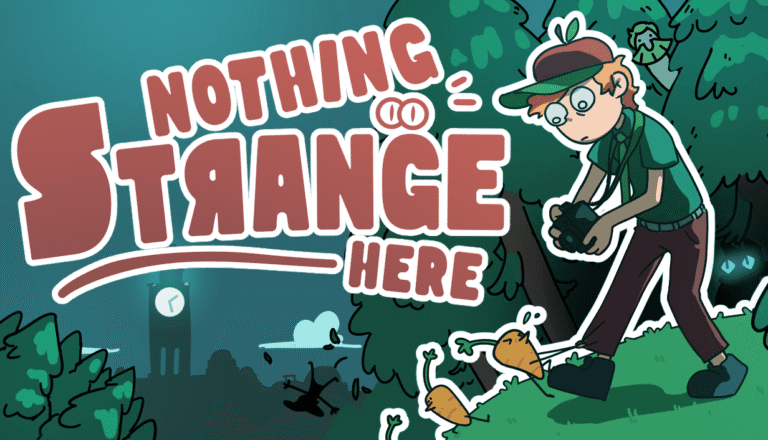
Mai: Child of Ages represents the culmination of five years of development from Milan-based indie studio Chubby Pixel, and their ambitious vision mostly pays off. This action-adventure title throws you into a shattered world where time manipulation isn’t just a gimmick it’s the beating heart of everything you do.
Time Isn’t Just Money, It’s Everything
The core premise revolves around Mai and her grandfather living in a post-apocalyptic world, where Mai discovers the Sacred Plant that bridges time and space. What makes this special is how the Uroboro Stone transforms Mai’s abilities across different life stages, fundamentally changing how you approach challenges. During childhood, you’ll focus on precision platforming and environmental puzzles using mystical plants as tools. Hit adolescence, and suddenly you’re wielding melee and ranged attacks in dynamic combat encounters.
The Sacred Plant serves as your temporal gateway, allowing Mai to navigate between past and future while uncovering the origins of mysterious creatures threatening universal balance. This isn’t your typical “collect items to progress” formula the time mechanics create genuinely clever puzzle solutions where actions in one era directly impact another.
Combat That Evolves With You
The combat system cleverly adapts to Mai’s current life stage rather than forcing one rigid approach. As a child, you’re navigating platforming challenges that demand precision and timing. Once Mai reaches adolescence, the focus shifts to hack-and-slash mechanics with dodge, defend, and strike options using both melee and ranged attacks. The natural progression from puzzle-focused gameplay to combat-heavy encounters feels organic and thematically appropriate.
Boss battles particularly shine when they incorporate the time manipulation elements, though the overall combat system maintains accessibility without sacrificing depth. The cooperative mode adds an interesting twist a second player can control primordial spirits and even take control of enemies to assist in battles.
A World Worth Exploring
The game delivers over 20 hours of content across ancient caves, abandoned factories, and submerged worlds. Each environment feels distinct and purposeful, supporting the Metroidvania-style progression that encourages revisiting areas with new abilities. The dungeon design draws clear inspiration from Zelda while establishing its own identity through the unique time mechanics.
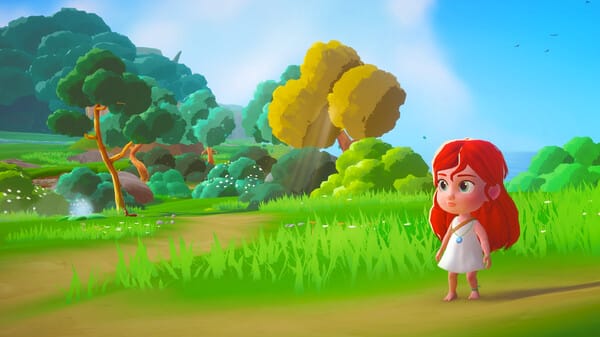
Exploration rewards curiosity with hidden clues that help unravel humanity’s extinction and the events that reshaped this world. The environmental storytelling works particularly well in contrasting the different time periods, showing the consequences of past actions through crumbling architecture and abandoned technology.
Composer Eric Ferrari’s soundtrack adapts to the shifting moods of Mai’s journey, featuring ethereal themes during childhood segments and orchestral intensity during boss encounters. The audio design effectively supports the emotional beats without overwhelming the gameplay experience.
Where Ambition Meets Reality
The five-person development team at Chubby Pixel deserves credit for tackling such an ambitious concept. The seamless transition between different gameplay styles from precision platforming to hack-and-slash combat demonstrates impressive design cohesion. The time manipulation mechanics feel genuinely innovative rather than superficial, creating puzzles that require thinking across multiple timelines.
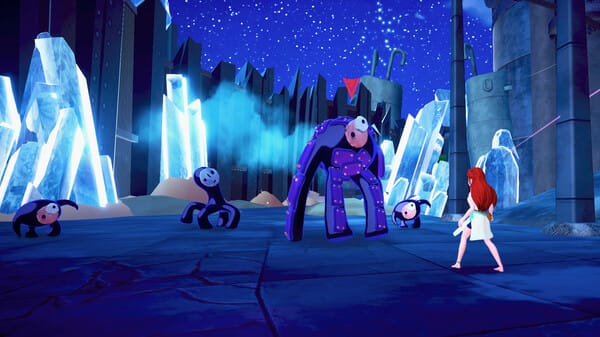
However, the game occasionally struggles with pacing during exploration segments. While the world design supports the narrative themes, some areas feel stretched beyond their content density. The Metroidvania progression works well, but occasionally leaves players uncertain about which abilities unlock specific areas.
Pros
- Innovative Time Mechanics: The Uroboro Stone creates genuinely clever puzzles requiring multi-temporal thinking.
- Natural Gameplay Evolution: The transition from childhood platforming to adolescent combat feels organic and thematically appropriate.
- Atmospheric World Design: Ancient caves, abandoned factories, and submerged worlds each support the narrative themes effectively.
Cons
- Pacing Inconsistencies: Some exploration segments lack sufficient content density to justify their scope.
- Progression Clarity: Metroidvania elements occasionally leave players uncertain about ability requirements for specific areas.
- Limited Combat Depth: While thematically appropriate, the hack-and-slash system lacks the complexity of dedicated action games.
- Environmental Storytelling Balance: The narrative relies heavily on environmental cues that may leave some players struggling to follow plot developments.
Score: 3.5/5
Final Verdict
Mai: Child of Ages succeeds as an ambitious indie project that brings genuine innovation to familiar action-adventure formulas. Chubby Pixel’s five-year development effort shows in the polished time manipulation mechanics and thoughtful progression between gameplay styles. The game’s willingness to trust players with complex temporal puzzles and environmental storytelling demonstrates confidence in its audience, even when that confidence occasionally creates confusion.
While the scope sometimes exceeds the execution, particularly in pacing and content density, the core experience offers enough unique elements to justify its place in the crowded indie adventure space. Players seeking innovative puzzle mechanics wrapped in solid technical presentation will find plenty to appreciate, provided they can forgive some rough edges in the exploration segments.Mai: Child of Ages represents a flawed but fascinating experiment that suggests Chubby Pixel has the vision and technical skill to create something truly exceptional with their next project.
This review of Mai: Child of Ages is based on the PC version, with a code provided by the game’s publishers.
